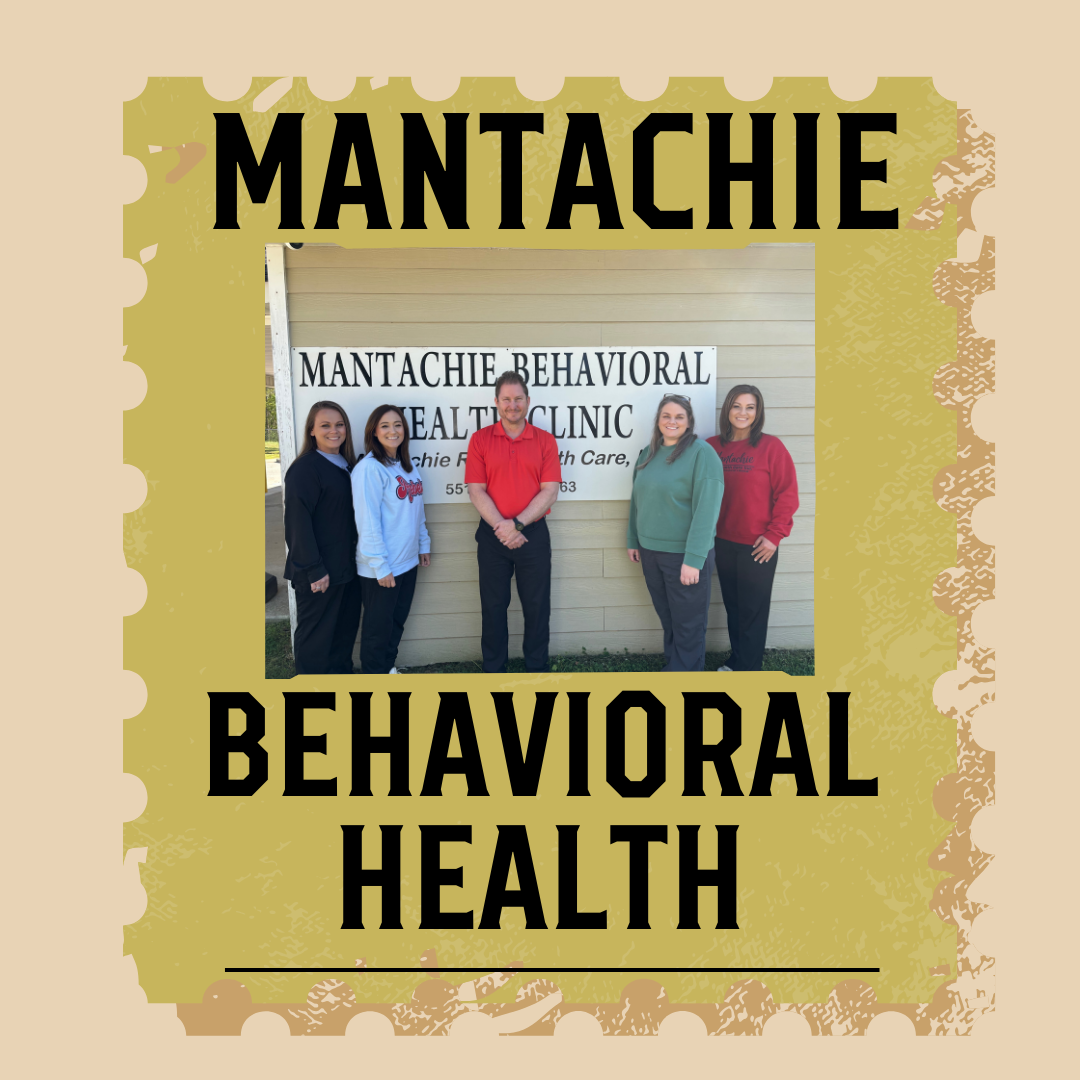
People with diabetes are twice as likely to experience a heart attack or stroke compared to people without the condition. Today we’re reviewing the facts about diabetes and heart health.
Heart disease is the number one killer of people with diabetes–it’s responsible for two-thirds of deaths in people with type 2 diabetes. Luckily, you can lower your risk of heart disease with proper diet, exercise, and diabetes management with these steps.
Symptoms of Heart Disease
Also known as cardiovascular disease, or CVD, heart disease can lead to a heart attack or even heart failure. Knowing the symptoms of these conditions can save your life. Symptoms of heart disease include:
- Shortness of breath
- Fatigue
- Pain in your:
- Chest
- Throat
- Back
- Legs
- Neck
- Jaw
- Upper abdomen
- Arms
Symptoms of a heart attack are:
- Pain, discomfort, tightness, or pressure in the chest
- A fullness that may feel like indigestion or heartburn
- Discomfort in one or both of your arms, back, neck, jaw, or upper abdomen.
- Shortness of breath
- Indigestion, nausea, vomiting
- Tiredness, fatigue, or lightheadedness
Symptoms of heart failure include:
- Shortness of breath
- Weakness
- Nausea
- Quick or irregular heartbeat
- Coughing with pink-tinged mucus
- Fatigue
- Swelling of feet and ankles
What you can do to improve your diabetes and heart health
The best way to stay on top of your heart health is to manage your diabetes well. Keep your blood sugar in range as often as possible. Practice a good diet and exercise, take your insulin and medication as prescribed, and attend all doctor’s visits. Seek support from your medical professionals, family, and loved ones and frequently check your A1C, LDL, and blood pressure.
What you and your medical provider do and discuss during your appointments matters. At every visit, be sure that your blood pressure is checked and discuss your blood sugar meter readings. Check your weight and talk about your diet as well as changes in your lifestyle work, or emotions, and be honest about your physical activity levels. Discuss all medications and have your feet checked. If you smoke, ask for help quitting and ask if you should begin an aspirin regimen to lower your risk of a heart attack.
In addition to these steps at every visit, you should also have your A1C checked every three to six months. Once a year, get a dilated eye exam, a flu shot, and a complete foot exam. Have your cholesterol levels checked at least every five years or more often if your levels are not on target.
For more information about heart disease and diabetes, visit the American Diabetes Association here.




